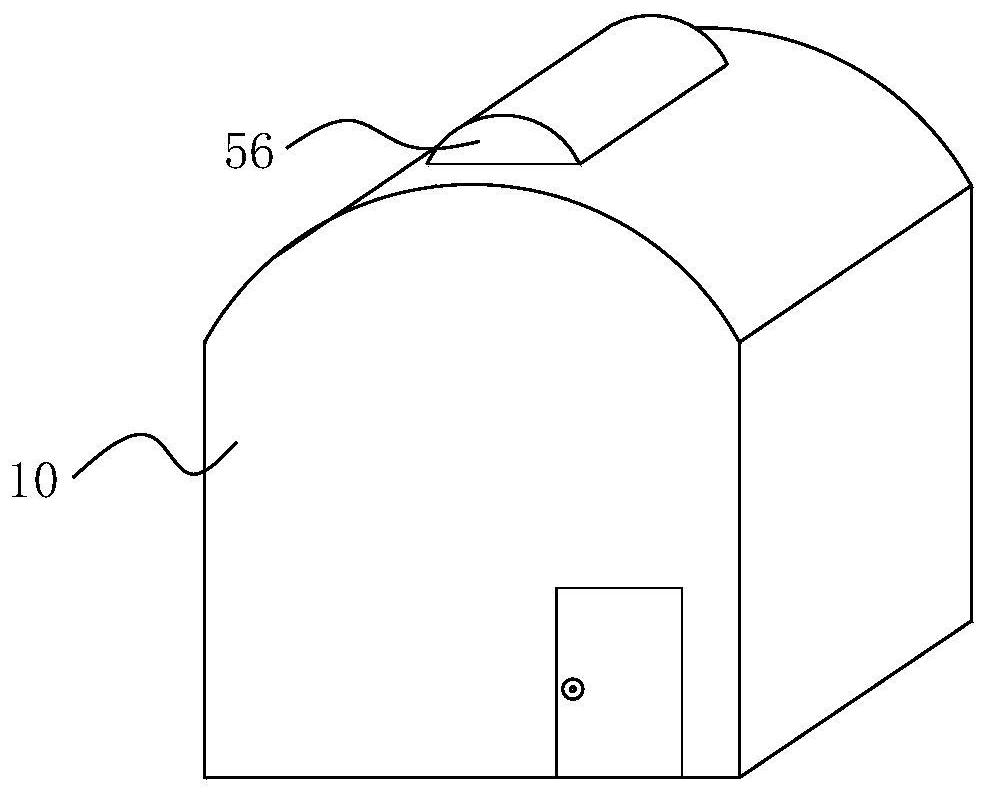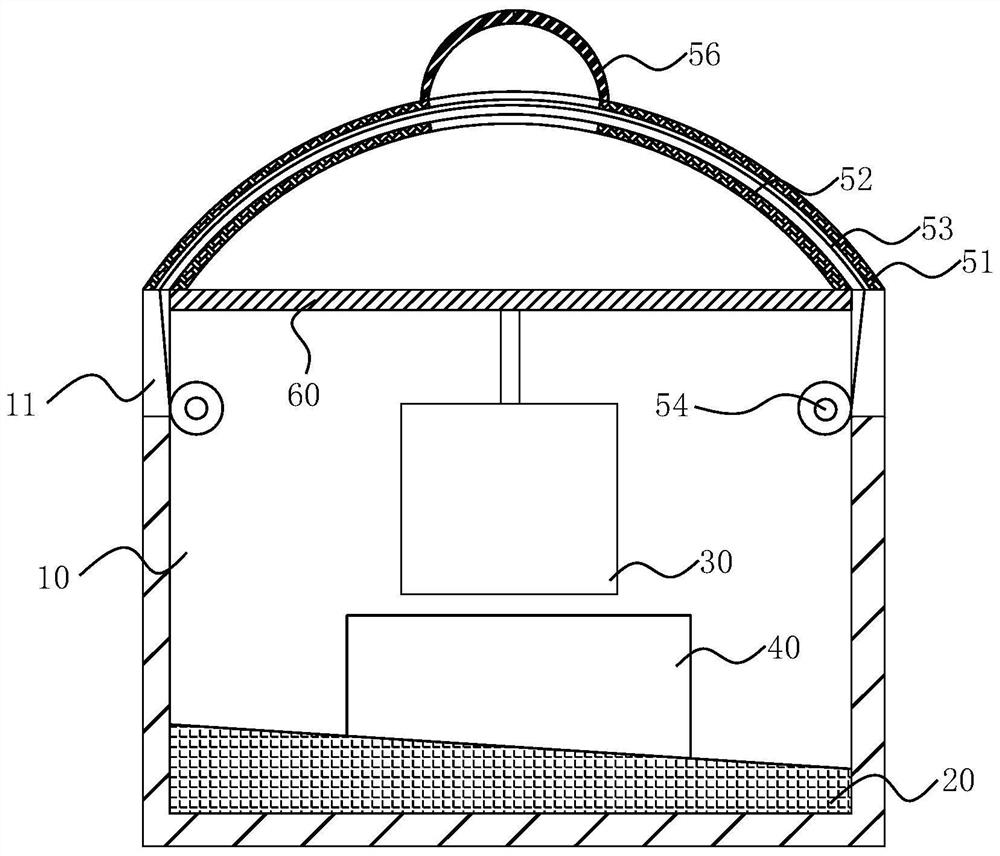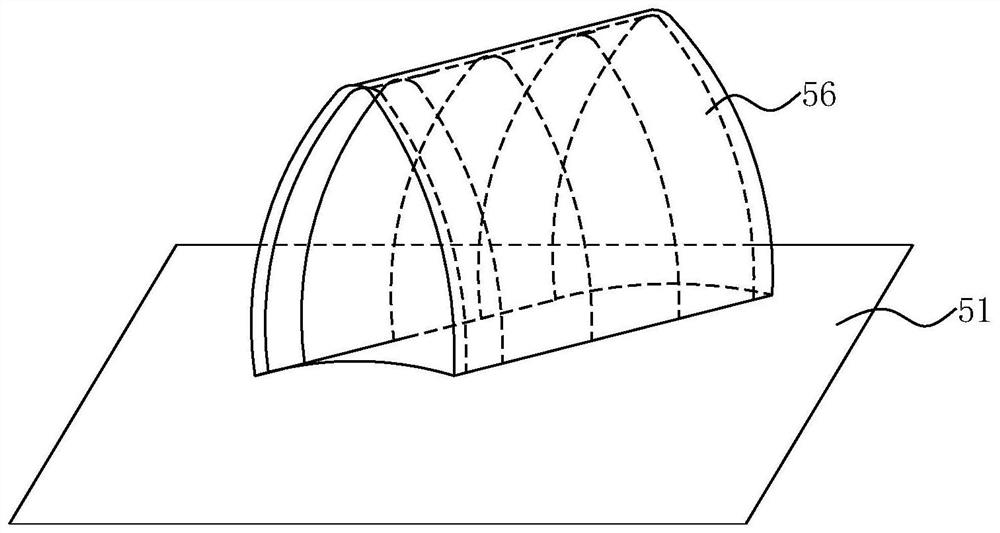A method for raising yaks in high-altitude mountainous areas
A formula and feed technology, applied in the field of animal husbandry, can solve the problems of low fat content, rough taste, and no better solution, and achieve the effect of promoting digestion and ensuring nutrient intake
- Summary
- Abstract
- Description
- Claims
- Application Information
AI Technical Summary
Problems solved by technology
Method used
Image
Examples
preparation example Construction
[0030] The preparation method of the concentrate is as follows: adding each component into a mixer, adding 20-35 parts of water, pulverizing, stirring, and mixing at 25-35° C., and continuously stirring for 2-3 hours, extrusion molding, drying at room temperature, Get the required feed.
[0031] Wherein, the formula of the feed additive is: by weight, 10-15 parts of Gynostemma japonica, 3-5 parts of Panax notoginseng saponins, 3-5 parts of berberine, 1-3 parts of puerarin, 1-3 parts of puerarin Parts of black plum, 2 to 5 parts of Shouwu Teng, and 1 to 3 parts of Salvia.
[0032] Wherein, in order to remove the poisonous and harmful substances in the Sauerkraut, it is preferable to pre-treat the Sauvignon Blanc before using, and the present invention adopts the supercritical fluid extraction method to remove the poisonous and harmful substances therein.
[0033] The specific processing method is as follows:
[0034] Pulverize Shouwuteng to pass 80 mesh sieve and put it into ...
Embodiment 1
[0041] Example 1: Demonstration of the pretreatment effect of Shouwu Teng
[0042] 1. Weigh 20 groups of equal amount of Sauerkraut that has been pulverized and passed through an 80-mesh sieve, and each group is set to 3 repetitions, and pretreated according to the above method. The conditions of each group of pretreatment are shown in Table 1. In addition, a group of Shouwu vines with equal amount, crushed and sieved, without pretreatment, was set as a control group.
[0043] Table 1. Comparison table of pretreatment conditions of S. chinensis in each group
[0044]
[0045] 2. Before and after pretreatment, the content of Cu and Pb ions were measured in S. Determination of glycoside content; and calculate the difference rate (%) of each content respectively, the difference rate=(M1-M2) / M1, the M1 is the content of the analyte before pretreatment, and M2 is the analyte after pretreatment. substance content. Among them, the difference rate less than 1‰ is regarded as unc...
Embodiment 2
[0048] Example 2: Effects of feed additives on the growth and meat quality of yak
[0049] 1. Prepare 12 groups of concentrates and mixtures according to the above method, wherein the coarse material is selected from highland barley straw, and the diameter is controlled at 3-5cm. The specific components of the feed additives in each group of concentrates and mixtures are shown in Table 3. Among them, the concentrate formula is: by weight, 12 parts of highland barley, 37 parts of corn, 42 parts of soybean meal, 1 part of VC, 1 part of VE, and 2 parts of feed additives. The preparation method of the concentrate is as follows: adding each component into a mixer, adding 35 parts of water, pulverizing, stirring, and mixing at 25° C., stirring continuously for 3 hours, extruding, and drying at room temperature. The microbial composition was, in terms of viable bacterial count, Bacillus subtilis: Bacillus licheniformis: Lactobacillus: Bifidobacterium = 1:1:1:1. The control group re...
PUM
 Login to View More
Login to View More Abstract
Description
Claims
Application Information
 Login to View More
Login to View More - R&D
- Intellectual Property
- Life Sciences
- Materials
- Tech Scout
- Unparalleled Data Quality
- Higher Quality Content
- 60% Fewer Hallucinations
Browse by: Latest US Patents, China's latest patents, Technical Efficacy Thesaurus, Application Domain, Technology Topic, Popular Technical Reports.
© 2025 PatSnap. All rights reserved.Legal|Privacy policy|Modern Slavery Act Transparency Statement|Sitemap|About US| Contact US: help@patsnap.com



